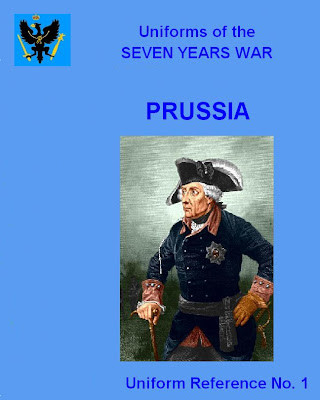





The Roman Army for the invasion of Aquitania is finished. The Gallic army is almost finished – all that remains are some slingers and archers (Old Glory) which are rather uninspiring figures and which I will finish soon. These warbands are based slightly wider than usual to reflect the fact that they are hill tribesmen with the ability to move fast in a looser order.
This post is about the five warbands. I was uncertain as to what I should call them and in the end I have given them names after their standards. It’s not an entirely satisfactory solution and I would rather have named them after locales but most names have changed significantly and a place called, for example, Nerac (a nearby town) was probably not called Nerac two thousand years ago. There is a nearby town called Eauze and that was where an allied tribe called the Elusates was located but that is the only tribal name I have been able to track down – besides the Sotiates of course.
There is a temptation, reinforced by terms like ‘warband’, to consider Gauls to be barbarians in comparison to their sophisticated and sometimes effete Roman neighbours. But this is misleading on a number of levels.
Gallic society was surprisingly sophisticated. It traded throughout the Mediterranean, both importing and exporting and it farmed sufficiently well enough to feed a growing population. The fundamental unit of Gallic politics was the tribe, which itself consisted of one or more of what Caesar called pagi. Each tribe had a council of elders, and initially a king. Later, the executive was an annually-elected magistrate.
The tribal groups, or pagi, were organized into larger super-tribal groups the Romans called civitates. The Sotiates were a pagi within the civitates of the Aquitani but they may also have been a civitates themselves with lesser tribes within their collective. Although the tribes were moderately stable political entities, Gaul as a whole tended to be politically divided, there being virtually no unity among the various tribes. Caesar divided Gaul into three ethnic groups: the Belgae in the north (roughly between the Rhine and the Seine rivers), the Celts in the center and the Aquitani in the southwest and the first two spent much of their energies opposing the expansion of the German tribes into Gaul.
The Aquitani had the luxory of being distant from the German threat and their focus lay to the south of the Pyrenees. They were Celto-Iberians and as Crassus’s campaign continued after the defeat of the Sotiates, the remaining Aquitani pagi called for, and received, help from Iberians who had helped Sertorius in his rebellion against Rome.
Another intriguing facet of Gallic life was religion and the practice of the Druids. The druids presided over human or animal sacrifices that were made in wooded groves or rude temples. They also appear to have held the responsibility for preserving the annual agricultural calendar and instigating seasonal festivals which corresponding to key points of the lunar-solar calendar. The religious practices of druids were syncretic and borrowed from earlier pagan traditions, especially of ancient Britain. Julius Caesar mentions in his Gallic Wars that those Celts who wanted to make a close study of druidism went to Britain to do so. There is no certainty concerning the origin of the druids, but it is clear that they vehemently guarded the secrets of their order and held sway over the people of Gaul. Indeed they claimed the right to determine questions of war and peace, and thereby held an "international" status. In addition, the Druids monitored the religion of ordinary Gauls and were in charge of educating the aristocracy. They also practiced a form of excommunication from the assembly of worshipers, which in ancient Gaul meant a separation from secular society as well. Thus the Druids were an important part of Gallic society. The nearly complete and mysterious disappearance of the Celtic language from most of the territorial lands of ancient Gaul, with the exception of Brittany, France, can be attributed to the fact that Celtic druids refused to allow the Celtic oral literature or traditional wisdom to be committed to the written letter. They also encouraged the practice of of headhunting as the head was believed to house a person's soul.
The other thing that is worth noting is that the Romans were hard as nails. Under Caesar their ruthlessness was quite a shock to the Gauls. Caesar’s war was a war of conquest not a war of retribution. By the time the Gallic tribes had united under the chief of the Arverni tribe, Vercingetorix, the game was largely over. As many as a million people (probably 1 in 5 of the Gauls) died, another million were enslaved, 300 tribes were subjugated and 800 cities were destroyed during the Gallic Wars . The entire population of the city of Avaricum (modern day Bourges) (40,000 in all) were slaughtered. During Julius Caesar's campaign against the Helvetii (present-day Switzerland) approximately 60% of the tribe was destroyed, and another 20% was taken into slavery.
I take no credit for the painting of these figures as they have marched in from overseas. But I had to sort out all the shields (if I never do another transfer it will be too soon!), paint them with Armypainter to give them that dirty, muddy look and then base them. Figures are mostly from the excellent Warlord Games.










